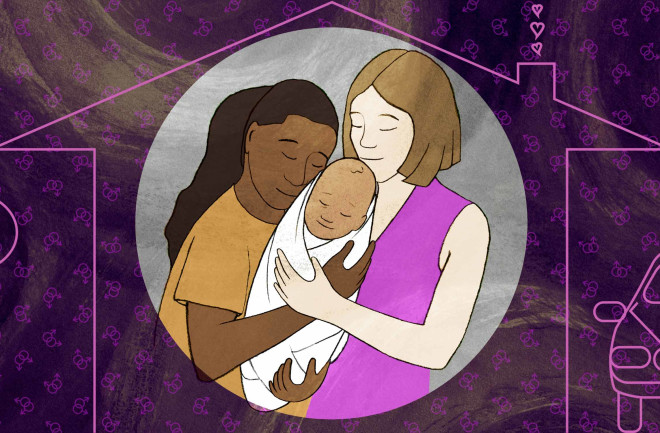Cara Gormally’s pregnancy was shadowed by grief. As a queer woman wanting to have a baby, the biology professor had figured finding a sperm donor would be the only obstacle she and her partner faced. But thanks to Gormally’s organizational skills and love of making lists, the couple landed on a donor with relative ease.
Then, Gormally struggled to conceive. Each month brought fresh disappointment and loss.
“So much of the process depended on random, heart-breaking chance,” she says. The emotional and financial roller coaster was exhausting.
But it wasn’t the hardest part. The couple had accepted that, as much as they wanted a baby, their child wouldn’t be biologically related to Gormally’s spouse.
“I grieved that our child wouldn’t be genetically related to both of us,” Gormally says. “I longed for the biologically impossible.”

